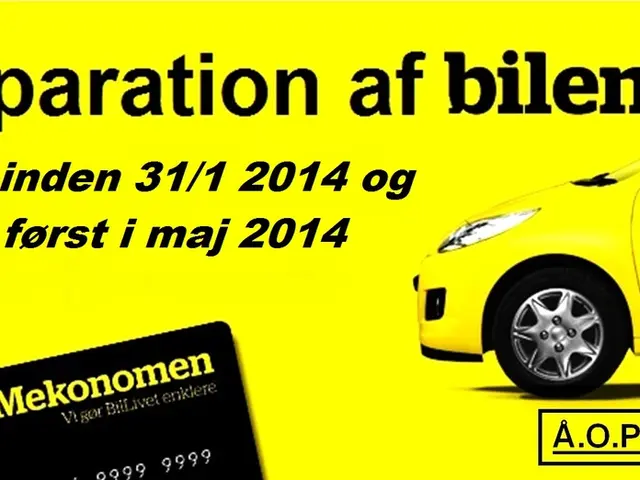Guiding strategy for maintaining clarity amidst turbulent situations
In 2022, L. Lauren Schulz and Sampath Sowmyanarayan published an article titled "Leadership principle for clarity during uncertain times." The article explores the application of the military concept of Commander's intent in business scenarios, particularly during crises and remote work transitions.
The Commander's intent is a personal expression of the operation’s purpose, what conditions must be met to succeed, and the desired end state. In business, this translates to communicating the overarching purpose and success criteria while allowing teams the autonomy to adapt their actions to changing conditions and local specifics.
For effective crisis management, leaders should clearly communicate the reasons for certain actions (e.g., stabilizing operations, protecting staff, maintaining customer service) and define the desired outcome (e.g., return to normal operations, market stability). This clarity empowers teams to improvise and respond swiftly even if original plans become obsolete, reducing bottlenecks from micromanagement while maintaining direction.
In the context of remote work transitions, Commander's intent translates to articulating the core objectives of remote operations—such as maintaining productivity, collaboration, and employee well-being—while granting employees and managers flexibility to choose how best to achieve these goals within their context (tools, schedules, workflows). This builds trust, engagement, and innovation in adjusting practices per evolving circumstances.
Key aspects of the Commander's intent principle include:
- Clear, concise intent: Communicating the overarching purpose and success criteria
- Decentralized execution: Teams determining the best methods to meet objectives
- Initiative & flexibility: Enabling agile responses in crises and remote work
- Trust in competence: Leaders trusting employees’ expertise and judgment
This approach aligns with the mission command concept recognized in military doctrine as empowering subordinates through intent communication rather than prescriptive orders, which has also been explored in civilian management and workplace empowerment theory.
Business leaders can adopt Commander's intent by clearly stating the purpose and desired outcomes during crises or transitions, then empowering teams to exercise informed initiative. This reduces dependence on micromanagement and supports cohesive action under uncertainty, leading to more agile, resilient, and effective organizational performance.
It's essential to remember that, despite the widespread use of agile technologies, very few companies realize the full potential of agile methodologies. Empowering teams at every level to make decisions within defined parameters can help companies focus on seven critical factors to realize the full benefits of agile processes. Companies that quickly defined success for their employees were successful during the epidemic that forced all companies to transition to remote work.
In conclusion, the Commander's intent principle offers a valuable framework for leaders seeking to navigate uncertain times and remote work transitions. By fostering initiative, flexibility, and alignment, this approach can help businesses adapt, innovate, and thrive in the face of volatility, uncertainty, complexity, and ambiguity (VUCA).
A business leader adopting the Commander's intent framework might clearly define the purpose of remote work, such as maintaining productivity, collaboration, and employee well-being, while allowing flexibility for employees and managers to choose the best methods to achieve these objectives. This approach fosters trust, engagement, and innovation, especially during changing circumstances.
In financial careers, effective leadership demands communication of reasons for certain actions, like ensuring productivity during remote work or maintaining market stability, and defining the desired end state, such as profitable operations or customer satisfaction. Such clarity empowers career growth and business success in uncertain times.




